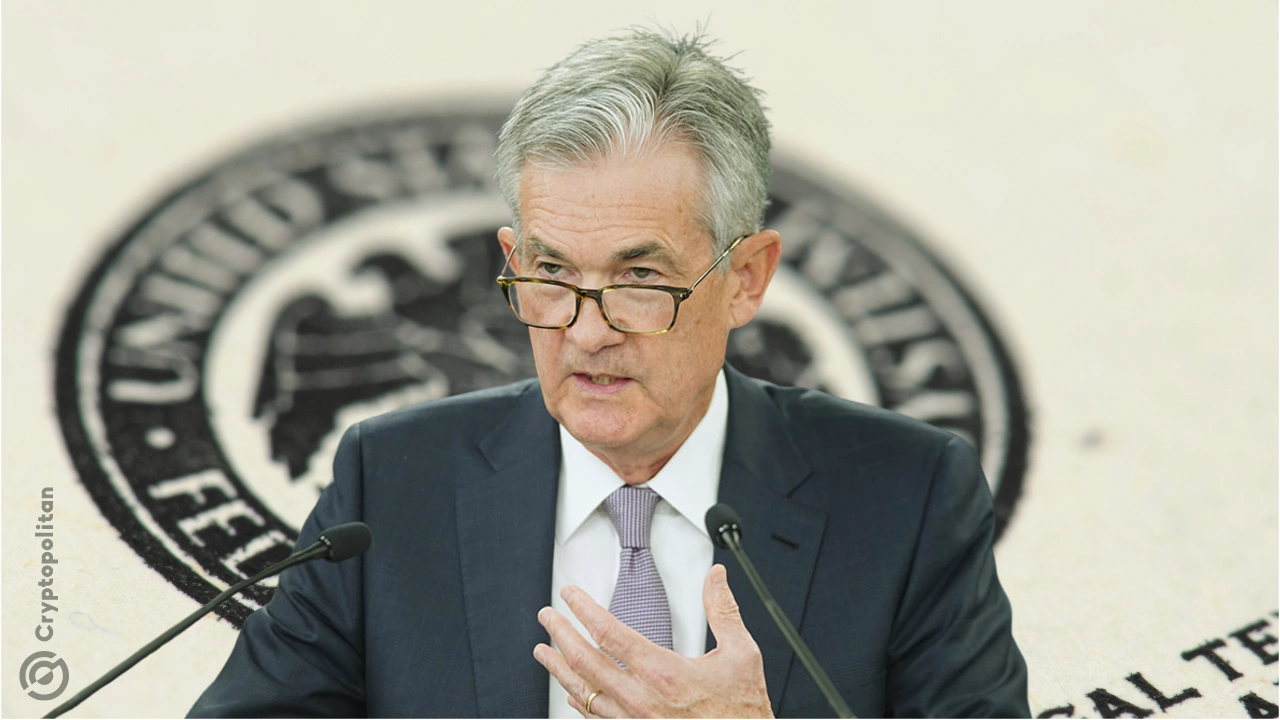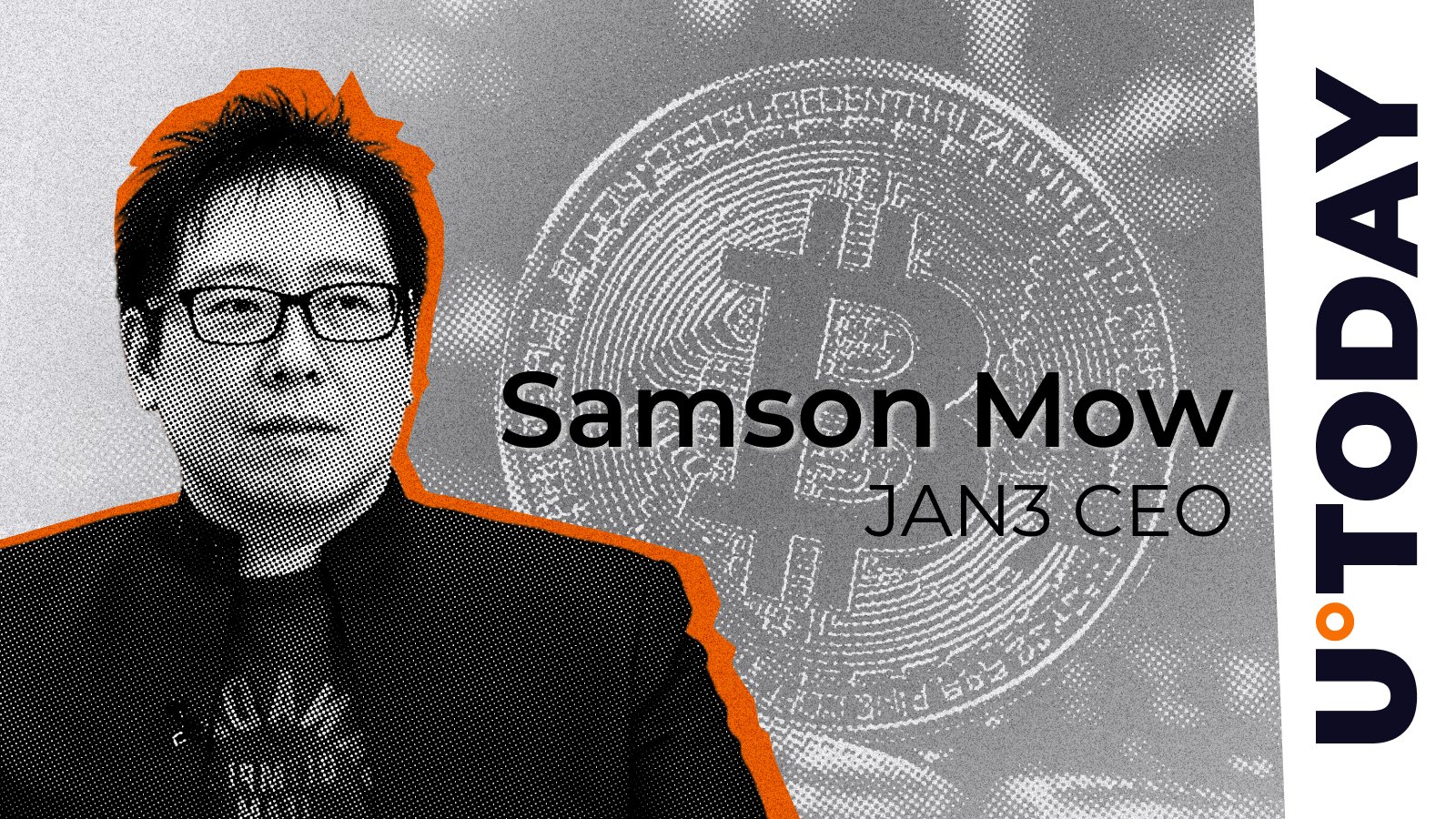
Jerome Powell has made it clear that if President Donald Trump attempts to fire him, he’ll sue. He’s said it once, he’s said it a hundred times: The Federal Reserve’s chair can’t be tossed out simply because the Oval doesn’t like interest rate policy.
Now these guys have a very weird and amusing relationship. Trump literally hired Powell himself at the start of his first term back in 2016. Then boom, came 2018 and they had a clash.
Trump wanted the Fed to lower interest rates, but Powell kept them high to keep inflation in check. That didn’t sit well with Trump. He reportedly even thought about firing Powell, and his frustration was no secret.
The Fed chair told then-Treasury Secretary Steven Mnuchin that he’d legally fight if Trump tried to push him out. And he was dead serious about it. He called it “setting a dangerous precedent.”
Fast forward to today, and Trump’s on his way back to the White House. Powell isn’t changing his tune one bit. When he was asked recently if Trump had the authority to remove him, Powell fired back with: “Not permitted under the law.”
Trump’s return is bringing this old drama right back into the spotlight. Any attempt by Trump to remove Powell could turn into a historic legal battle—the kind that could shake financial systems and scatter the economy. The Fed has been preparing for this showdown for years.
Fed braces for a fight
Behind the scenes, Fed leaders are ready. Scott Alvarez, the Fed’s general legal counsel from 2004 to 2017, said that Powell would never allow himself to be used as a political pawn.
“If the president were to succeed at this, that would mean every future chair is subject to removal at the whim of the president,” Alvarez pointed out. In his view, Powell has no intention of letting Trump or anyone else establish that kind of power. Powell, Alvarez said, is ready to take this all the way.
Powell, who came from a private equity background and holds a law degree, knows his legal standing. He has thought this through. See when he fights, he says he’ll do it with a legal team to back him up.
Powell is prepared to pay for this legal defense himself if he has to. For him, this isn’t about money. It’s about making sure the Fed chair isn’t just another political appointee who can be removed for doing their job.
But here’s an even more amusing twist. Trump has never actually said outright that he’s definitely planning to fire Powell. SEC Chair Gary Gensler, yes. But Powell? No.
In fact, when he spoke to Bloomberg in June, Trump reportedly said he’d let the Fed chair “serve it out,” as long as he was “doing the right thing.” But there’s no guarantee that Trump won’t change his mind.
He has criticized every single decision Powell’s made under Biden, but of course, that’s more about Biden than Powell.
Powell vs. Trump: The pressure mounts
Scott Bessent, an investment manager and adviser to Trump, even suggested Trump should name a “shadow” Fed chair to undermine Powell. Bessent later backed off from that idea after facing criticism, but the fact that it was floated at all says a lot about where some of Trump’s allies stand.
Some of his advisers are ready to go even further. They don’t like the idea of the Fed being “independent” and out of reach of the White House. They argue that the Fed’s independence has been blown out of proportion and that there’s nothing in the Constitution that says the Fed can’t answer to the president.
The timing couldn’t be worse for a shakeup at the Fed. Inflation’s been a beast, and Powell’s been working to get it under control with interest rate hikes. Right now, both short-term and long-term interest rates are much higher than they were when Trump was last in office.
Any move to remove Powell, especially in the middle of this inflation battle, could wreak havoc on financial markets, including crypto. And Bitcoin just got its groove going on the back of Trump’s win. The apex crypto was about to hit $90,000 at press time.
Trump’s been vocal about wanting to bring down inflation and lower interest rates. “Inflation, remember, it is a country buster,” he said in May, hinting that high borrowing costs could hurt the economy. He’s made it clear that if the Fed doesn’t fall in line with his goals, he’ll find someone who will.
The history and stakes of Fed independence
The Fed’s fight for independence isn’t a new story. Back in the 1970s, Richard Nixon pressured his Fed chair, Arthur Burns, to keep interest rates low before his re-election. Burns caved, and inflation skyrocketed soon after.
That lesson wasn’t lost on the Fed. Since then, they’ve worked hard to shield themselves from political pressure. By the early 1980s, the Fed and central banks worldwide had won significant independence, making sure they could set interest rates based on economic needs, not political wants.
Powell was first reappointed to the Fed’s throne by Biden in 2022 to another four-year term, which lasts until 2026. Powell’s term on the board extends even further, until 2028. But Trump has insisted he has the right to remove Powell. When his advisers told him he couldn’t, the president famously told him on a call, “Guess I’m stuck with you.”
Fed board members serve 14-year terms, which they can’t be removed from unless they’ve committed a crime or failed in their duties. The law doesn’t spell out whether a Fed chair can be removed at will, leaving the door open to legal interpretation.
Supreme Court Justices Brett Kavanaugh and Samuel Alito have both hinted in past cases that the Fed’s independence is unique and could make it harder for a president to remove its chair.
This is why Powell feels confident. Alvarez thinks Powell would win any legal battle. Congress has debated whether presidents should have the right to remove a Fed chair but has always decided against it.
What happens next?
Powell’s been careful not to antagonize Trump directly. He doesn’t want the Fed to become a political football. His strategy has been to keep his head down, even when his job status comes up in interviews.
When asked directly, though, he’s been firm. He won’t resign. He won’t bend to pressure. And he won’t let the Fed become just another branch of the White House.
But if Trump decides to go after him, Powell has a backup plan. The Fed’s interest-rate setting body, the Federal Open Market Committee (FOMC), is ready to back him up.
The FOMC, which includes the Fed’s seven governors and a rotating group of regional Fed presidents, could simply re-elect Powell as chair if his status were threatened.
The FOMC chair role isn’t appointed by the president. It’s chosen by committee members at their first meeting of the year. This means Trump could remove Powell from his Fed chair role, but Powell would still lead the FOMC, maintaining his influence over U.S. monetary policy.
For the markets, a Trump-Powell showdown could be a nightmare. Michael Feroli, JPMorgan Chase’s chief U.S. economist, said markets would react “very poorly” to such news. A spike in bond yields could be the least of the financial fallout.
This battle would also play out against a complex fiscal backdrop. The Treasury has trillions of dollars in debt to refinance in the coming years, debt that was issued at low interest rates.
Trump’s allies in Congress could have a role to play, too. During his first term, Senate Republicans blocked some of Trump’s nominees to the Fed, arguing they weren’t qualified. These same lawmakers, like Senator Thom Tillis of North Carolina, have said they’re committed to protecting the Fed’s autonomy. But it’s unclear if they’d put up the same fight this time around.
What’s clear is that Powell’s not going down without a fight. He sees himself as a guardian of the Fed’s independence, a role he’s ready to defend at any cost. As he told a visitor back in 2019, “I will never, ever, ever leave this job voluntarily until my term ends under any circumstances. None whatsoever.”










